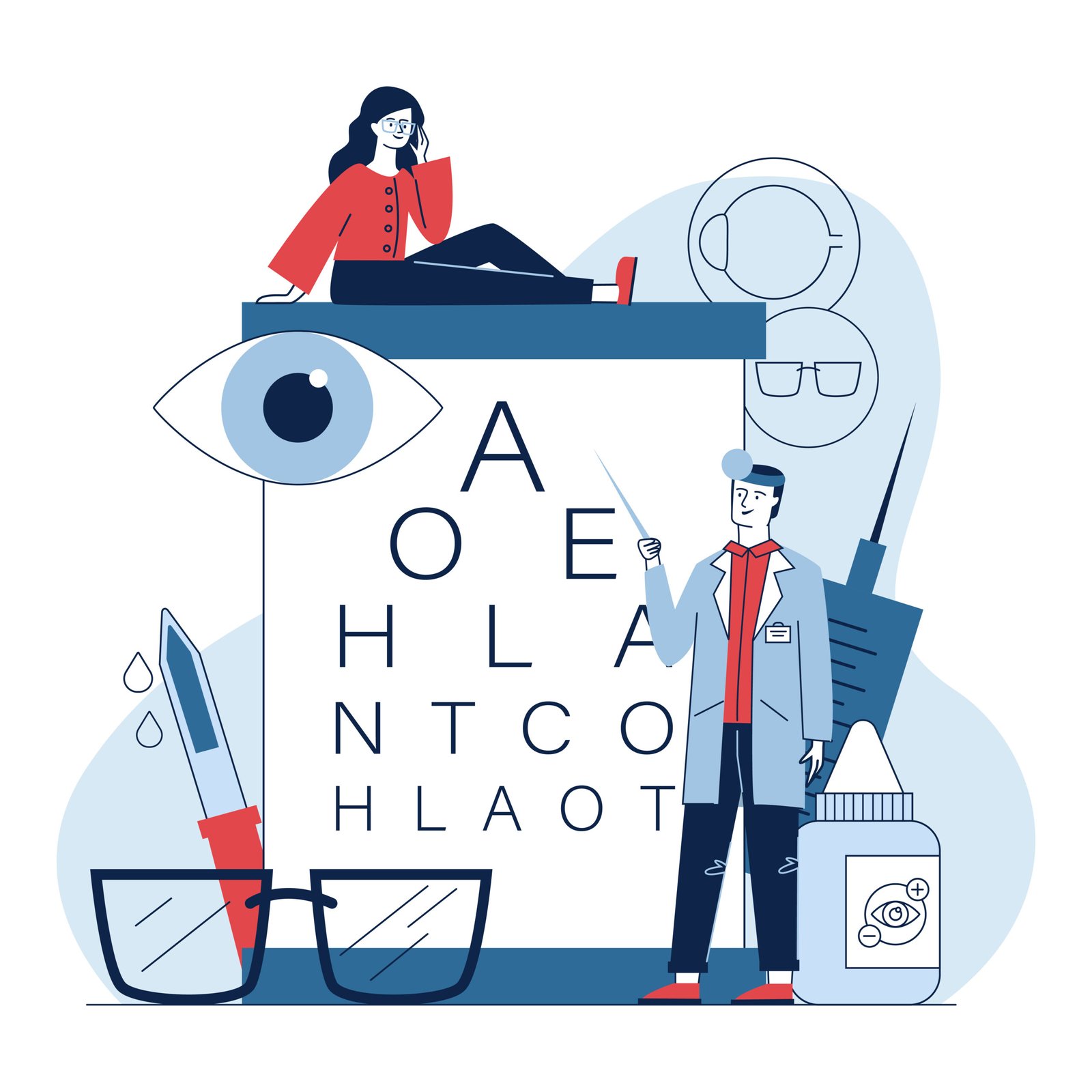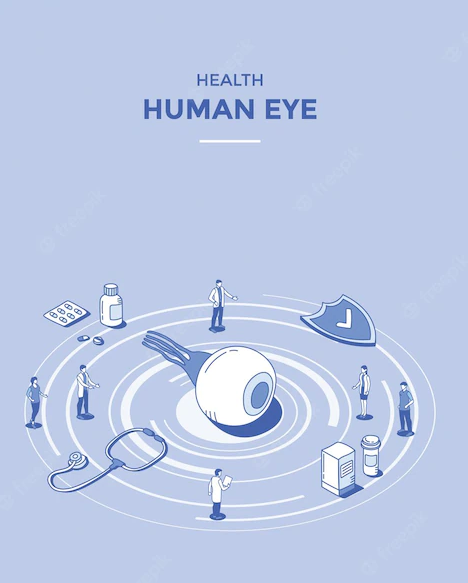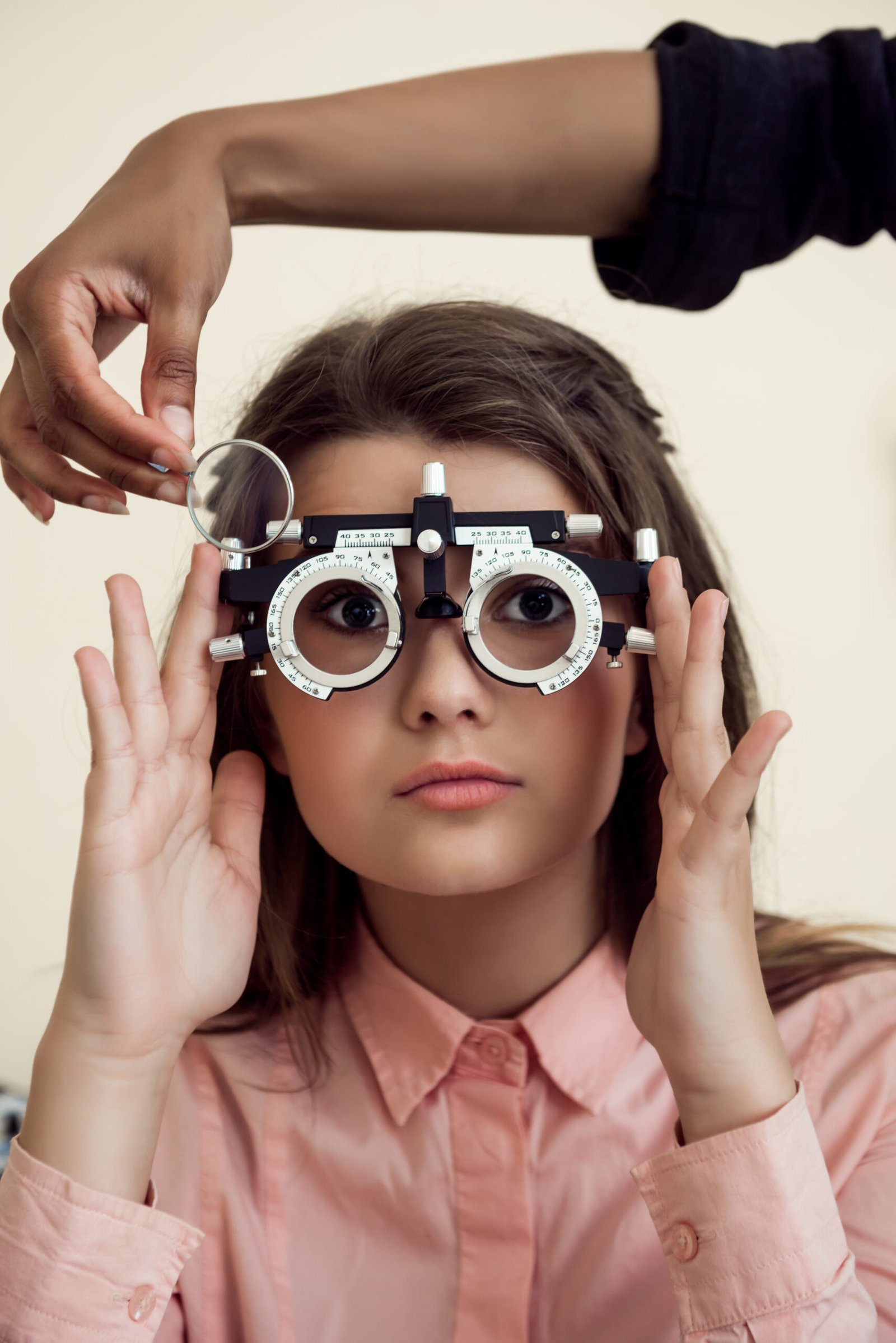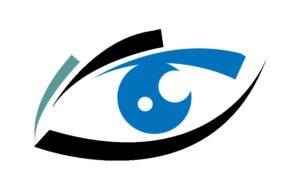
Dry Eyes
Dry eye is a common eye disorder of the tear film which occurs due to tear deficiency or excessive tear evaporation. The condition can cause damage to the surface of the eye and is associated with a variety of symptoms reflecting ocular discomfort.
Dry eye symptoms may be an indication of other disease and thus appropriate detection is essential. This may help in recognition of the underlying disorder. Moreover, people with dry eyes are prone to potentially infections, and are also at an increased risk of complications following common procedures such as laser refractive surgery.
Symptoms of Dry Eye
The common symptoms include:
Excessive tearing
Stinging or burning eyes
Scratchiness or itchiness
Blurred vision
Stringy mucus in or around the eyes
Excessive eye irritation from smoke or wind
Eye pain
Eye fatigue
Sensitivity to light
Discomfort when wearing contact lenses

The excessive tearing from “dry eye” is actually the eye’s response to discomfort. If the tears maintaining the lubrication, do not keep the eye wet enough, the eye becomes irritated. Eye irritation prompts the gland that makes tears to release a large volume of tears causing overflow from the eye.

Causes of Dry Eye
The common causes include:
Inflammatory disease, such as allergies, autoimmune diseases such as Rheumatoid Arthritis, Sjogren’s syndrome
Environmental conditions such as allergens, cigarette smoke, dry climate, high temperature, air pollution), excessive computer use
Use of Contact lenses
Hormonal imbalance, such as perimenopausal and post-menopausal women and patients under hormone replacement therapy
Systemic disorders, such as diabetes mellitus, deficiency of vitamin D, vitamin A and thyroid disease
Previous eye surgery or long-term use of medications which create hypersensitivity or toxicity in the eye
Many systemic medications, such as diuretics, antihistamines, antidepressants, psychotropics, cholesterol lowering agents, beta-blockers and oral contraceptives
Dry Eye Diagnosis
Dry eyes may be associated with a variety of causes and thus it is important to perform a comprehensive evaluation before proceeding to the appropriate treatment. The diagnosis may involve:
Physical examination combined with Ocular Surface Disease Index (OSDI) questionnaire to assesspatients with dry eye symptoms which helps to quantify the symptoms and eradicate the severity of the disease.
Thorough Medical History Evaluation with particular attention to diabetes, thyroid disease, connective tissue disorders, contact lens wear, previous ocular surgery and relevant drug history. Taking a thorough history helps us to identify when and how your dry eye started. It may also help us to reach the diagnosis.
Slit Lamp Examinationto look for any abnormalities in the front part of the eye. This is where we look at the ocular surface and diagnose meibomian gland dysfunction, blepharitis or any other lid abnormalities.
Break-up time test (TBUT)
Schirmer test, a method for assessing the severity of dry eye is ocular surface dye staining and the Schirmer test. It measures aqueous tear production by placing filter-paper strips under the lower eyelid to measure the rate of tear production
Meibography which is a no touch, fast infrared imaging to see whether the meibomian glands (structure producing oily layer of tear film) are structurally normal, dilated, shortened or atrophied. With this advanced testing one can also grade the level of meibomian gland dysfunction


Dry Eye Treatment
Post diagnosis, the treatment is selected based on the grade of the disease.
Level 1 Treatment involves lifestyle changes with medication.
Lifestyle changes involve:
Avoid dusty and smoky environment, adopt humidification of room
Actively blink using the 20-20-20 rule
Avoid smoking
Have Omega 3 fatty acid supplementation from foods such as oily fishes (salmon, sardines, and anchovies) and flax seeds
Have Calcium and Vit A rich diet
Reduce contact lens usage
Keep your eyelids clean
Remove your eye makeup thoroughly at the end of the day
Use good quality shades and sunglasses
Clinical Treatment involve using lubricating agents or artificial tears substitutes in the form of drops and ointment called artificial tears, which are similar to your own tears.
Preservative-free eye drops for people who are sensitive to the preservatives in artificial tearsmild steroids eye drops or cyclosporine eye drops medications can be prescribed by the specialist doctor
Level 2 Treatment Involves:
Oral Steroids or Oral Immunosuppressants
Oral treatment for Meimbomitis with Antibiotics, Omega 3 fatty acids, Vitamin D & Calcium supplementation
Autologous Serum
Topical Acetylcysteine
Therapeutic contact lenses
Meibomian gland expression where gentle heat is applied to closed eyelids before expression to open the oil secreting glands. Then each gland is gently squeezed to express the blocked material. After the treatment you may be given some medical treatment and home exercises to keep the oil glands functioning well.
Punctal Plugs to conserve the tears. Tears drain out of the eye through a small channel into the nose which may be closed either temporarily or permanently. Closure conserves the tears and makes artificial tears last longer.
E-Eye: A device that generates polychromatic pulsed light using new technology IRPL (Intense Regulated Pulsed Light) to treat dry eyes. It is non-invasive, fast, accurate and totally painless procedure. It delivers very short and specific flashes of cold light to stimulate meibomian gland function in complete safety. In response to this stimulation, the oil glands resume normal secretion and the effects achieved appear very rapidly after each session. Their persistence over time increases with the number of sessions conducted.
Level 3 Treatment includes:
Permanent punctal occlusion
Amniotic Membrane Transplantation
Tarsorrhaphy
Surgical management of lid abnormalities
